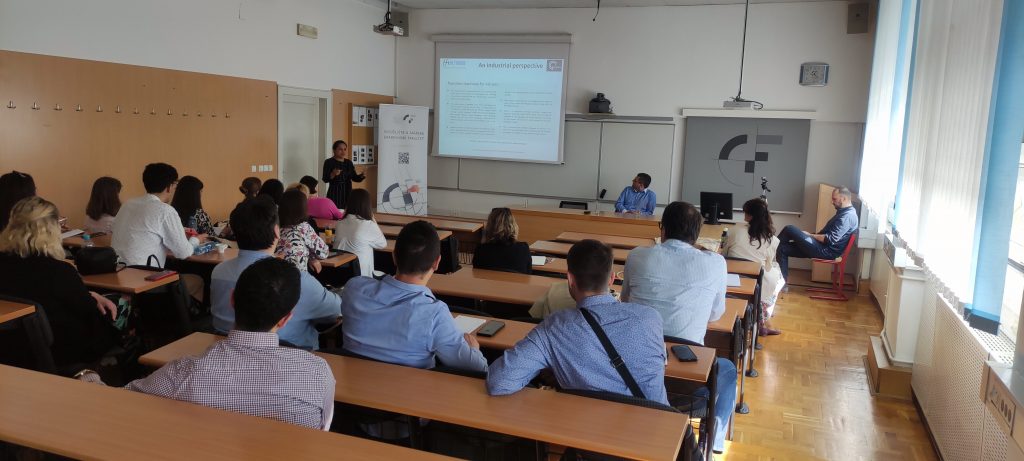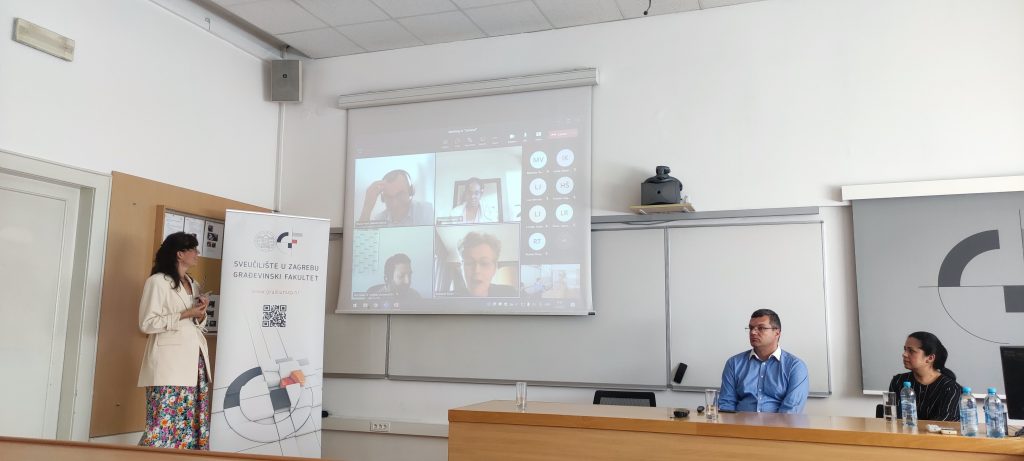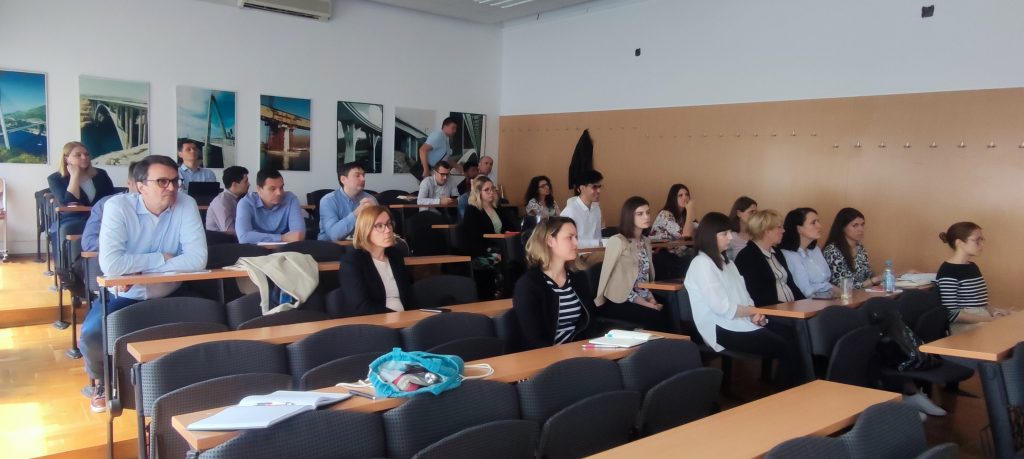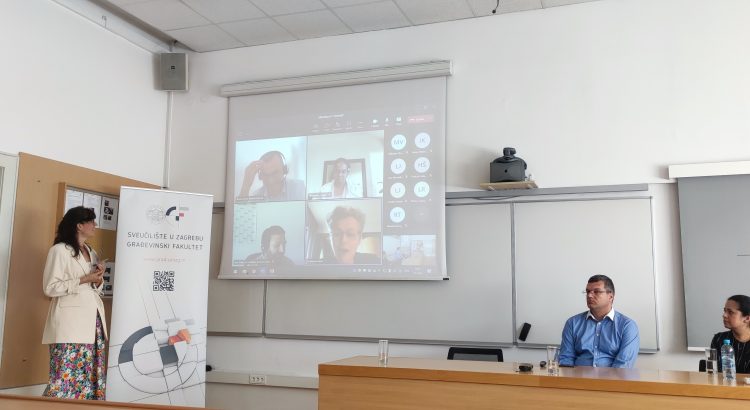On June 1st we held a round table entitled “Lowering CO2 emissions in the construction industry – what should / could we do?” in which international experts, representatives of academia and industry participated as panelists, and the topic of discussion was the exchange of opinions on strategies in the field of construction materials and the possibilities of reducing CO2 emissions in the construction industry.
The gathered experts who selflessly gave us their opinion are Professor Dr. sc. Susan Bernal, University of Leeds, UK; professor dr. sc. Karen Scrivener, EPFL, Switzerland; dr. sc. Bruno Huet, Holcim Innovation Center, France; dr. sc. Mohsen Ben Haha, HeidelbergCement, Germany; professor dr. sc. John Provis, University of Sheffield, UK; and mr. sc. Marie Ingrid Mikanovic, Calucem, Croatia.

To meet the UN’s sustainable development goals and achieve the European Union’s 2050 climate neutrality plan, the construction sector must go through an accelerated green transition since the cement industry that is creating concrete, the most widely used building material, is responsible for 8% of global CO2 emissions. The reason for holding the round table is, in addition to exchanging opinions, to present to local representatives of the construction industry opportunities and current trends to reduce CO2 emissions.
A wide range of possible solutions was presented, and industry representatives gave an insight into their perspective – much of their production is dictated by market demand where investors prefer traditional materials, while doubting the quality of innovative products. In addition, changes in production and a turn towards green innovations require large capital investments, as well as the harmonization of new products with legislation and standardization.

After the discussion, we have reached the following conclusions:
- There is no single solution, the so-called silver bullet, which will eliminate 100% of CO2 emissions – it is necessary to implement more solutions that will contribute to the cumulative effect of reducing emissions.
- It is important to use locally available materials when making environmentally friendly replacements for standard Portland cement, and to adapt alternative solutions to what is locally available. The use of local materials would help producers to differentiate themselves in the market from competing producers.
- Every innovation has its usual course when it comes to the general acceptance and expectations of the actors involved. At the beginning, there is a general enthusiasm for a possible solution to a problem that has not been solved so far. Over time, this enthusiasm and high expectations reach their peak, the first test results, although they may show positive developments, do not meet the set high expectations, followed by disappointment, and after continuous work and achieving results stabilize expectations that become realistic and align with results. Some of the innovative materials are now at a stage where realistic expectations are known and they need to be used more actively.
- It is necessary to have experts who specialize in materials in all industries related to the construction process, in order to increase awareness of the possibilities for reducing CO2 emissions. By optimizing and designing on the basis of properties, it would be possible to use alternative materials, and use high-value materials that have a significant impact on the environment as an exclusive product for specific purposes.
- It is necessary to achieve and maintain open communication of all actors – research scientists, designers, architects, manufacturers, contractors and end users. In order to raise the level of awareness of all actors, the need for social scientists to be involved in the transition process was also identified.

The event was organized within the project Alternative Binders for Concrete (ABC): Understanding the Microstructure for Predicting Durability, funded by the Croatian Science Foundation, led by doc.dr.sc. Marijana Serdar, who also moderated the round table.
